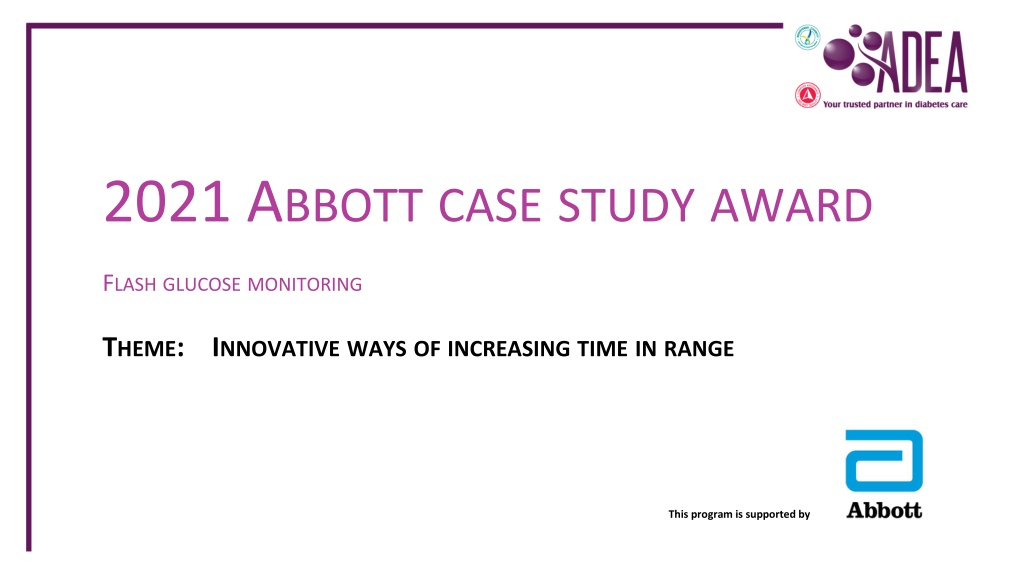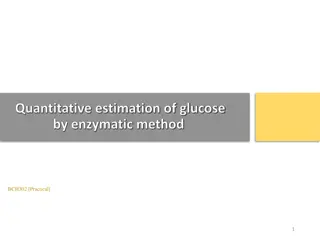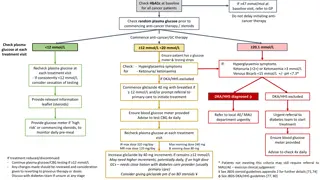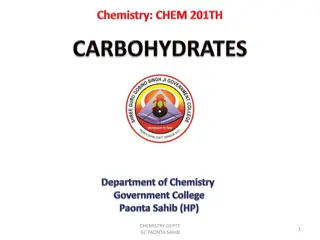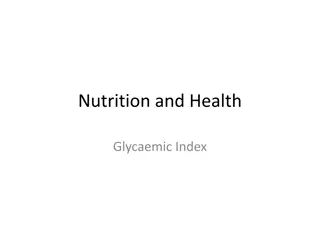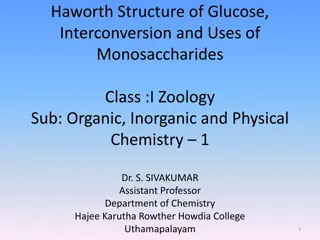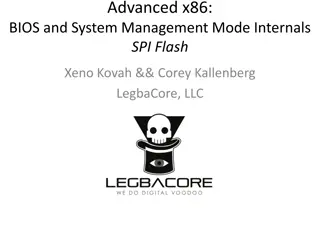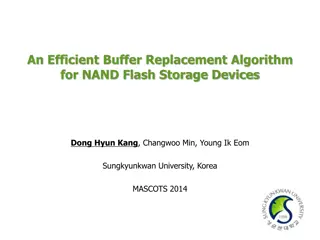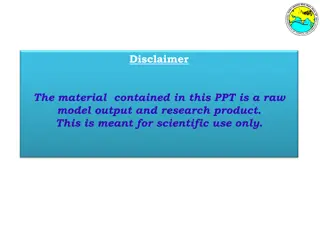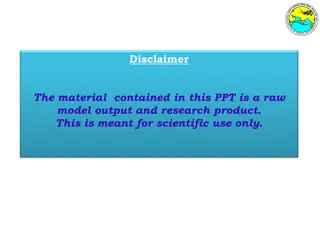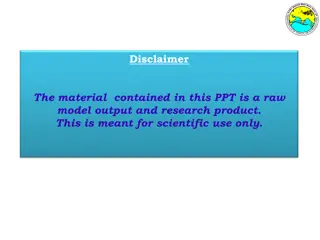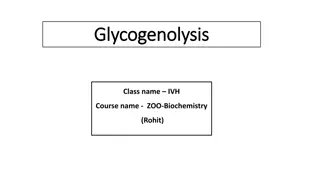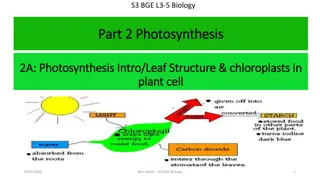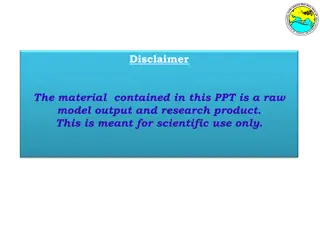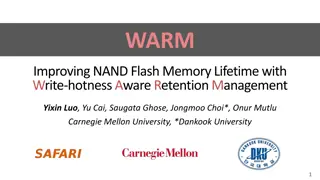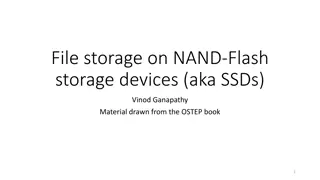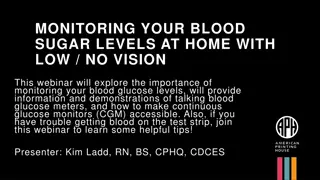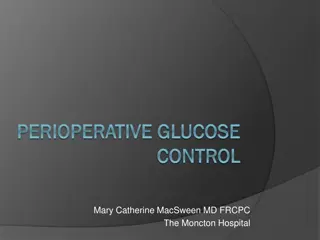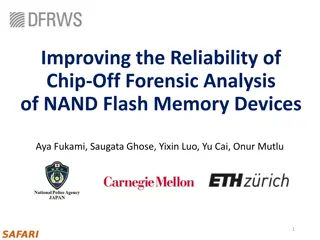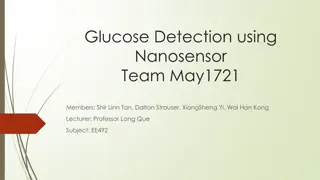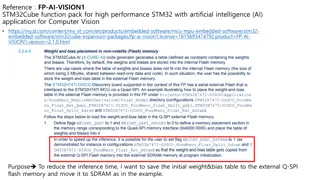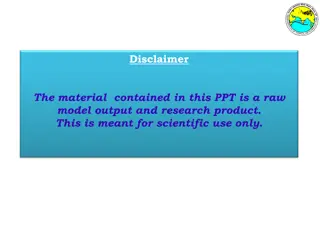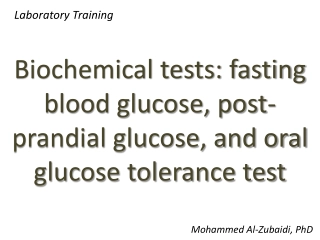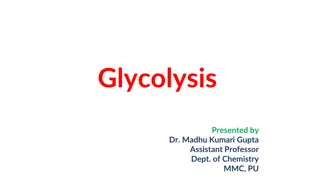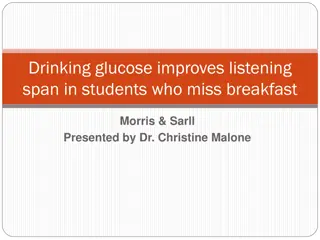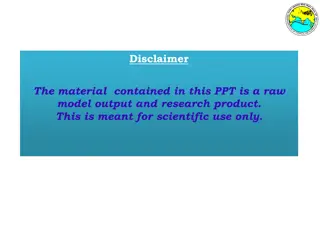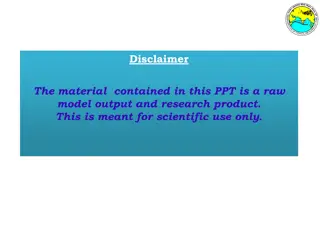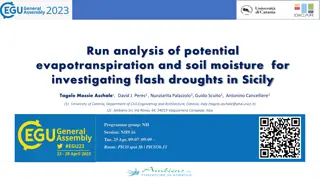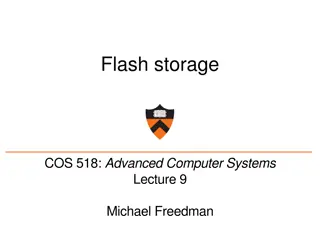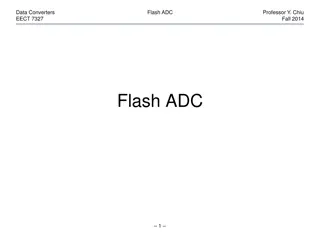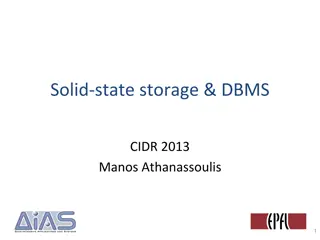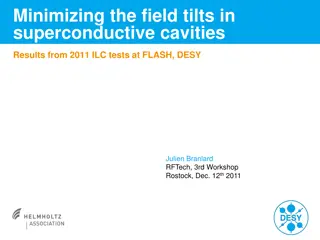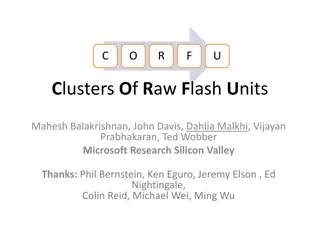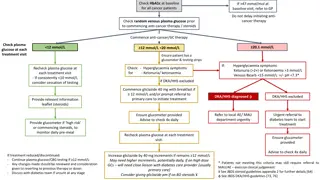Innovative Flash Glucose Monitoring for Improving Time in Range
"Explore how Flash Glucose Monitoring, with a focus on increasing time in range, has enhanced client outcomes, quality of life, and practice in diabetes care. Guidelines and consent process ensure ethical and professional case study submissions."
Download Presentation

Please find below an Image/Link to download the presentation.
The content on the website is provided AS IS for your information and personal use only. It may not be sold, licensed, or shared on other websites without obtaining consent from the author. Download presentation by click this link. If you encounter any issues during the download, it is possible that the publisher has removed the file from their server.
E N D
Presentation Transcript
2021 ABBOTTCASESTUDYAWARD FLASHGLUCOSEMONITORING THEME: INNOVATIVEWAYSOFINCREASINGTIMEINRANGE This program is supported by
TOPICSFORCASESTUDYSUBMISSIONS Submitted case studies will include principles of person-centered care and adhere to the Diabetes Australia Language Position Statement while discussing the use of Flash Glucose Monitoring and Libreview which incorporates the AGP Report, whilst addressing all of the following questions: 1. How has the client s outcomes (clinical or non-clinical) improved with this technology? 2. How has the technology been used to make a difference to a client s quality of life? 3. How has the technology changed practice for an individual health professional or the diabetes care team? 4. How has it helped to prevent an adverse event? 5. What are the challenges clients have found with this technology? What has been done as a consequence? 6. Discuss innovative ways used to increase time in range. adea.com.au
GUIDELINESFORWRITINGCASESTUDIES Ensure the patient s anonymity is maintained. Ensure that the patient is not identifiable in any way. Avoid using dates, names of institutions, any details that may identify the patient. Clearly articulate the management issue(s) (including patient identified goals). Appropriately address the management issue(s). A case study is a modest description of what actually happened, so keep to facts of clinical events. Recognised abbreviations can be used provided the term is written in full at the first usage. Tables and bullet points can also be used provided they are well explained. Critique the care provided for the patient. Explore the rationale behind the care. Support arguments with evidence and references. Reflect on evidence-based practice guidelines. Case Study submission should be no longer than 1000 words in total (not including references).
CONSENTPROCESS Before submitting your case study, please ensure that you have obtained written consent of people with diabetes discussed in your submitted case studies, in which they give you their permission for your case study to be published via print and/or online by ADEA. ADEA will not use these materials in a manner that may be deemed adverse, or defamatory to the person signing this form. ADEA further agrees that it will not use these materials for any political or commercial gain. Please ask the people who are mentioned in your case study to complete this survey to meet the consent requirements: https://www.surveymonkey.com/r/M9Q99LB
TERMSANDCONDITIONS 1. Submitted case studies must include any principle(s) of person-centred care and adhere to the Diabetes Australia Language Position Statements while answering the identified questions. 2. All written case studies must be completed using this Powerpoint template and submitted to the ADEA dropbox link here: https://www.dropbox.com/sh/zjzmu1dwwv4ou70/AACWI530tnYx7x5MVtWEF_Pga?dl=0For 3. Parts of the submitted case studies that are over the limit (i.e. from the 1001st word of the written case study) will not be considered. 4. Submitted case studies must de-identify details of the person in the case study to ensure confidentiality. This means neither names nor initials, locations mentioned in the submissions, e.g. a 32-year-old woman with newly diagnosed type 1 diabetes attended our health service for . 5. Applicants must obtain consent of people with diabetes discussed in the submitted case studies, giving permission that they are happy for the selected case studies to be published via print and/or online by ADEA. Submitted case studies without matching consents will not be reviewed. 6. Submitted case studies must follow Vancouver referencing style. 7. The authors of the case studies that are ranked top 10 will receive registration to the 2021 Australasian Diabetes Congress (ADC), financially supported by Abbott Diabetes Care. 8. Recipient of the People s Choice Award may have their case study published in ADE March 2022. 9. Members of the Reviewing Panel and members of the Abbott Libre Advisory Committee are not eligible for this competition. 10.Any adverse events experienced by health professionals or people with diabetes should be reported through to Abbott Diabetes Care s customer service.
CASESTUDYSUBMISSIONDETAILS Entrants must submit case study award entries using this provided template 1000 word limit (words above this limit will not be considered) Fill in case study details in this powerpoint template provided (additional new slides may be added to include your written text and graphs/images/etc to support your case study) Please delete instructional slides (2-6) from this template prior to submission Please save your submission as 2021_Case Study Submission_SURNAME Submit completed powerpoint to following Dropbox link: https://www.dropbox.com/sh/zjzmu1dwwv4ou70/AACWI530tnYx7x5MVtWEF_Pga?dl=0For Submission closing date: 2ndJuly 2021 Enquiries please contact ADEA at education@adea.com.au *Note: the authors of the top four short-listed case studies are to present their case studies at ADC 2021. This Powerpoint submission will be able to be used with any recommended changes for this presentation.
ENTRANTDETAILS Title: Name: Membership Number: Postal Address: Phone: Email: Word Count:
CASESTUDY INTRODUCTION Describe and summarise the case study Details of the person with diabetes (de-identified/do not use actual name): gender, age, social considerations (family/employment/etc.) Consider: reason for referral, medications, medical history, social history, demographic and lifestyle factors, family history, previous diabetes management knowledge, biochemistry, investigations, anthropometry, other health professional input, diet history, exercise. (Approximately 200 words)
ASSESSMENT Consider: diabetes management, medication, interventions/technology being used. Clearly describe the working diagnosis/clinical impression of the person with diabetes and the plan for care. What issues/problems were encountered and managed? What was the rationale for using the selected system? (Approximately 200 words)
MANAGEMENT Consider: changes made to diabetes management/introduction of technology, who was involved, over how many consultation sessions, what management goals were made and the reasons for them. How did you address the issues/problems? What were the outcomes? How did the person respond to solutions? Discuss outcomes of intervention using results from LibreView reports. What worked? What didn t work? Compare with existing literature where relevant (include references) Discuss innovative ways used to increase time in range. (Approximately 300 words)
CONCLUSION Consider: how the use of the flash glucose monitoring/changes in management effected the outcome for the person with diabetes, what management goals were met or what barriers were there preventing goals being met. Refer to LibreView reports. Consider impact of mental health and stages of readiness to change. Describe outcome measures such as self-management behaviours (blood glucose monitoring, medication/ insulin concordance, exercise), clinical investigations (HbA1c, weight, BMI, blood pressure) and what those outcomes were. Discuss the impact of the innovative ways used to increase time in range. Consider applicability to other people with diabetes and implication for the practice of diabetes care, diabetes education and self-management. Compare with existing literature where relevant (include references) (Approximately 300 words)
REFERENCES Not included in word count, please use Vancouver style referencing
